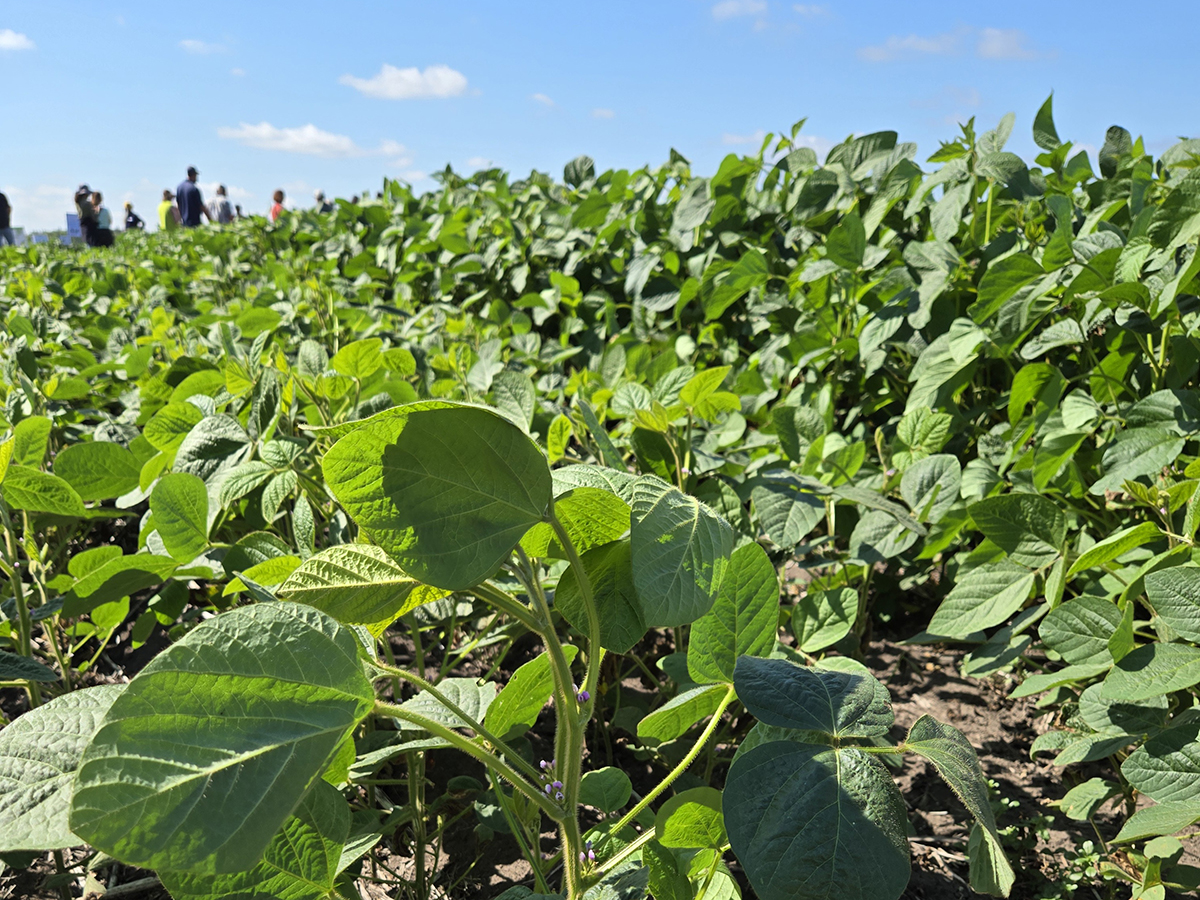Snow fences can boost runoff into dugouts.
It is possible to increase collection by 25 percent by putting up a snow fence around the dugout.
Snow fencing should be at a right angle to prevailing winds, even if the dugout is not, said Gary Makowecki, conservation technician with the federal Prairie Farm Rehabilitation Association in Vegreville, Alta.
The wind should blow across a sufficient length of open field to catch the snow needed to fill the fence. This upwind field is called the fetch.
Read Also

Spider mites big soybean problem this season
Spider mite issues have been geographically limited but significant where they occur, said John Gavloski, an entomologist with Manitoba Agriculture.
“The required fetch to fill a snow fence will vary from area to area, depending on the land use, snowfall and wind velocity,” Makowecki said.
If the fetch is under vegetative cover, there must be enough snow to fill the cover before wind can move it.
If the dugout is not located in a sufficient fetch area, the fence should be located where the fetch distance is greater while still sloping toward the dugout.
A large portion of the runoff from the snowdrift can be lost to seepage if the drift is too far from the dugout.
A snow fence can be made of plastic or wood.
“It is the porosity of the fencing that affects the amount of snow trapped,” Makowecki said.
“Snow fence with 50 percent porosity is the most efficient in trapping blowing snow. A fence constructed of horizontal boards is 25 percent more efficient than one constructed of vertical boards. A gap of 10 to 15 percent of the total height between the ground and fence should be maintained.”
The gap at the bottom of the snow fence reduces the tendency of fences to be buried in the drift. Burial reduces the effective height and storage capacity.
Shelterbelts can also act as a snow fence if designed properly. Tree rows should be planted so snow collection is maximized and runoff water can be directed to the dugout.
Plant deciduous trees at least 50 metres from the dugout, since branches and leaves may contaminate the water and decrease its quality. Shrubs or conifers can be planted as close as 20 metres from the dugout, as small leaves and needles are less likely to be carried to the dugout by wind.
In shelterbelt design, consider topography and soil texture to avoid water erosion, especially on steep slopes. Trees should not be planted on land with a slope greater than 10 percent unless adjacent land is in forage.
More information on snow fencing and shelterbelts is available from provincial agriculture offices and local PFRA offices.














